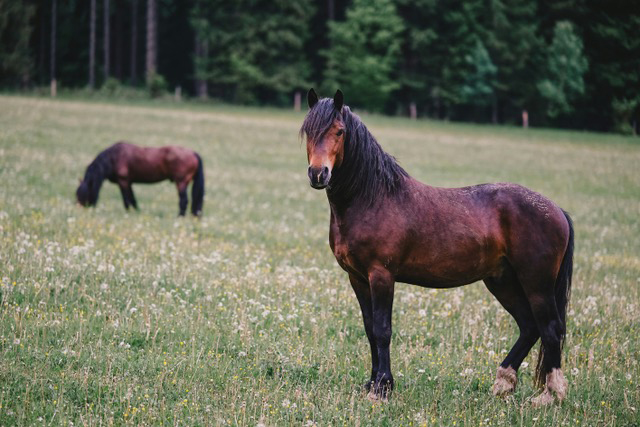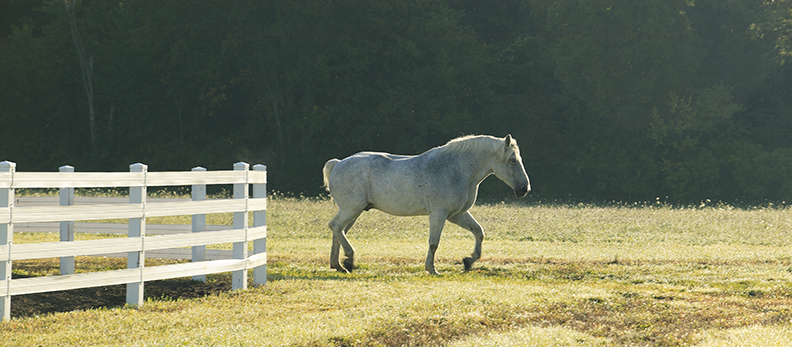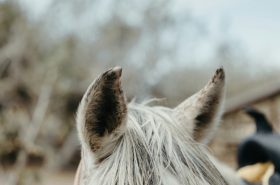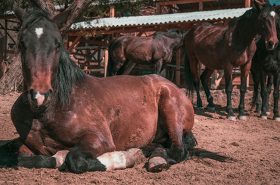We all know just how important pasture is for our horses, but managing our grazing areas also
takes some work. Whether you have two or two hundred acres, the following tips can help you
manage your pastures so they can provide the most benefit for your horses.

TEST YOUR SOIL
Getting your soil tested is a good place to start any pasture management plan. A soil test will
reveal the current nutrient profile and pH level. Soil test kits can be obtained from your local
county extension office or an analytical laboratory.
FORM A TREATMENT PLAN
Once you know your soil’s nutrient and pH levels, you can treat it accordingly. Maintaining
proper soil pH is necessary for healthy forages. A pH of 7 is neutral while a pH greater than 7 is
basic and less than 7 is acidic. Grasses do best in soils with a pH between 6-7. For basic soils,
lime can be used for treatment.
Plants also need proper nutrients for growth and reproduction. The soil test will report on levels
of nitrogen (N), phosphorus (P), and potassium (K). If deficient, these nutrients should be added
to the soil. Again, your local county extension office can help you determine what should be
used for treatment.
ROUTINE MOWING
Regular mowing helps to keep pasture grasses healthy and weeds in check. Mowing at the
proper height is important, however. Because grasses store their energy reserves in the bottom
few inches of the plant, mowing too low can hinder their ability to regrow. Instead, opt to
maintain a height of 2-3 inches for short grass species like perennial ryegrass and bluegrass.
For taller species like orchard grass or timothy, it’s best to mow at a height of 3-5 inches.
REST YOUR PASTURES
Horses and other grazing animals can cause significant stress and/or damage to pastures.
Therefore, adequate rest for pastures is crucial. This can be achieved with rotational or strip
grazing. As stocking density increases, rest becomes even more important. Removing horses
from stressed pastures is essential for allowing them to recover.
RESEEDING
Some pastures will need reseeding of grasses as well. Spring and late summer are the best
times of year to plant. If needed, lime should be applied at least 6 months prior to reseeding. It’s
important to keep horses off newly seeded pastures for several months to allow plants time to
become established.




